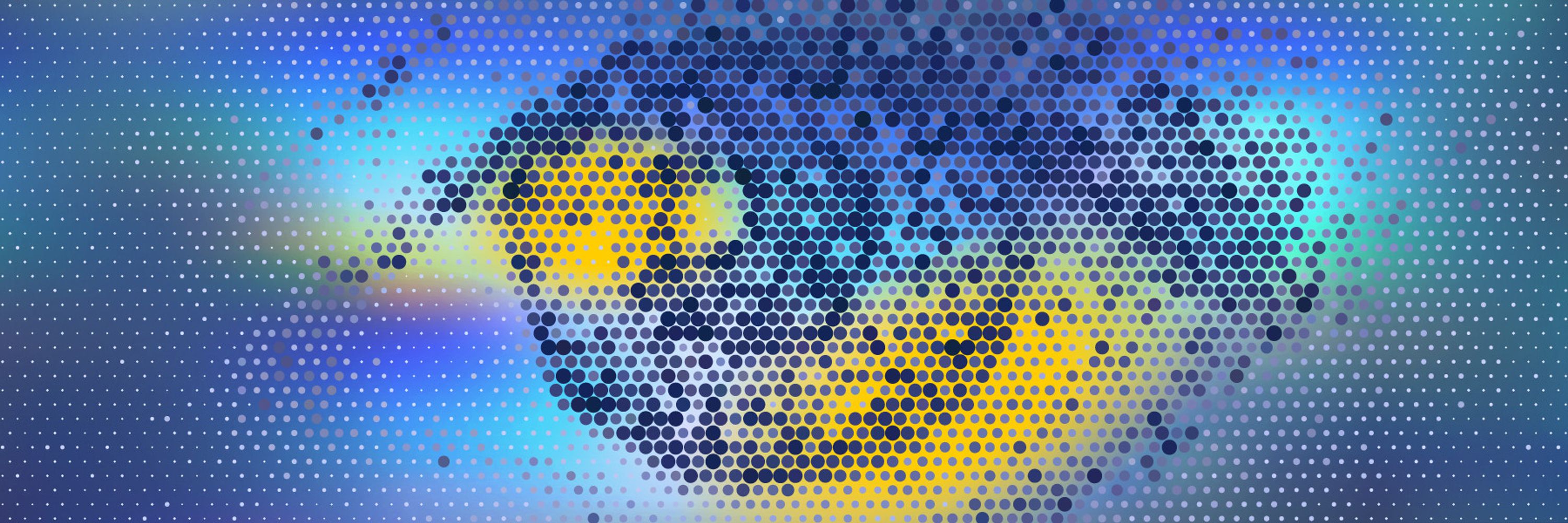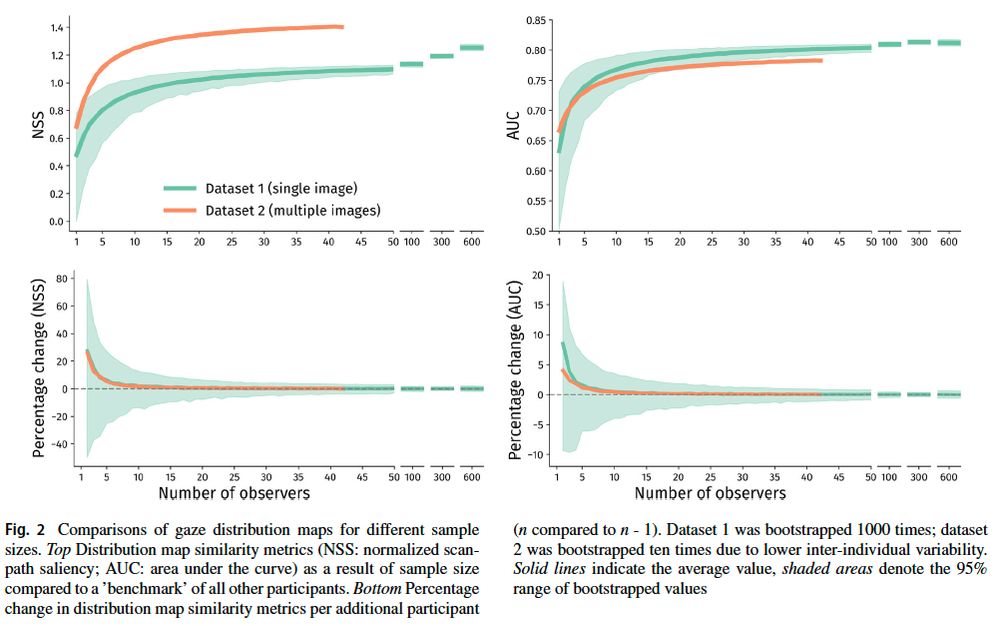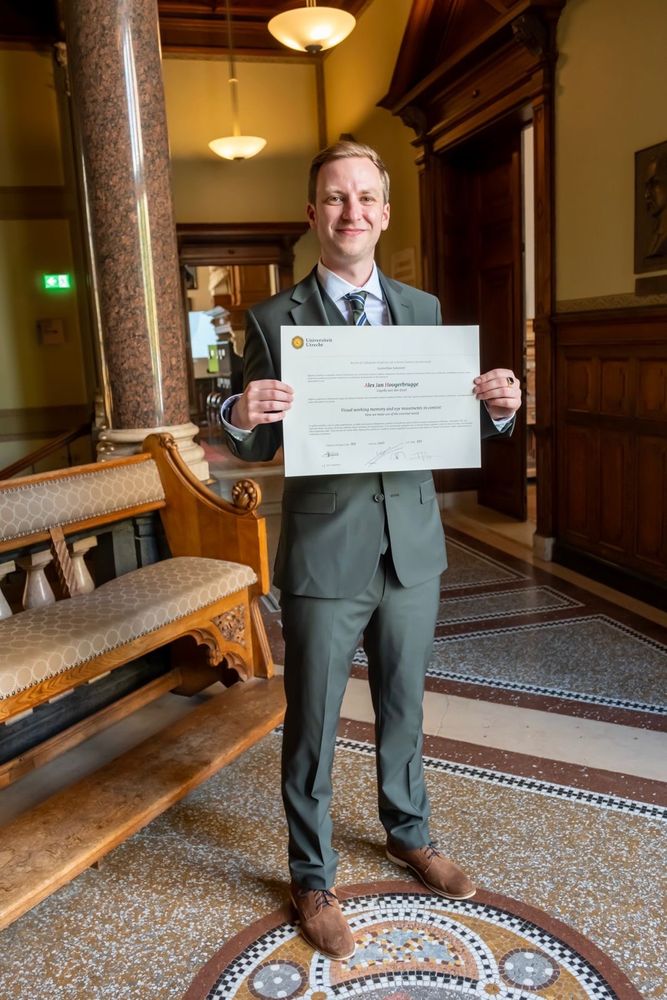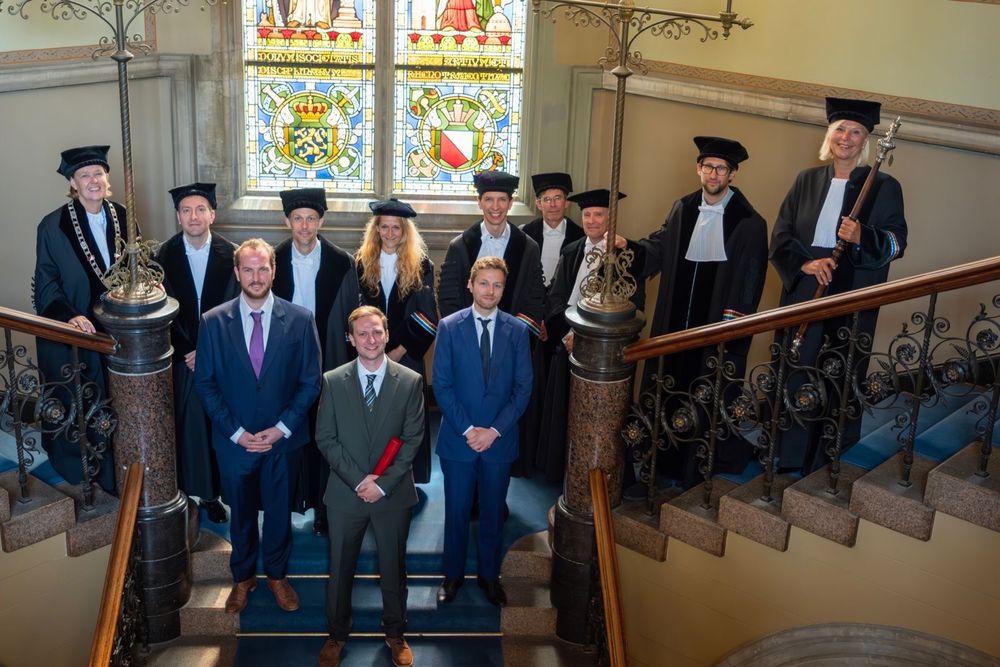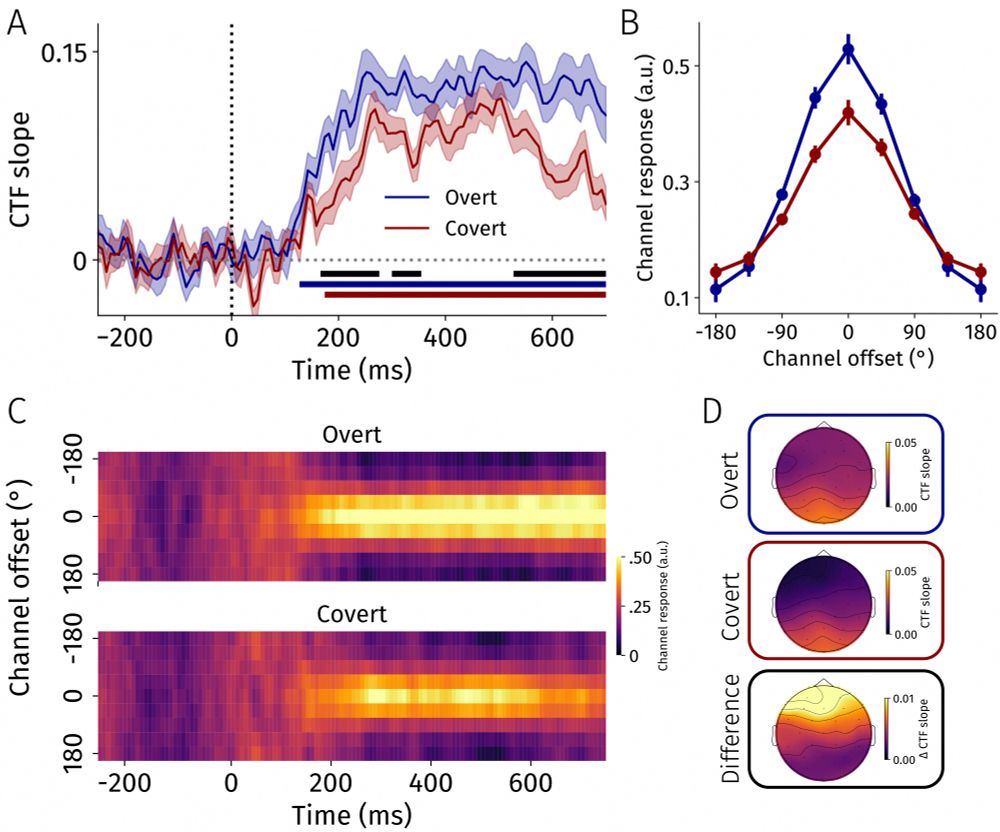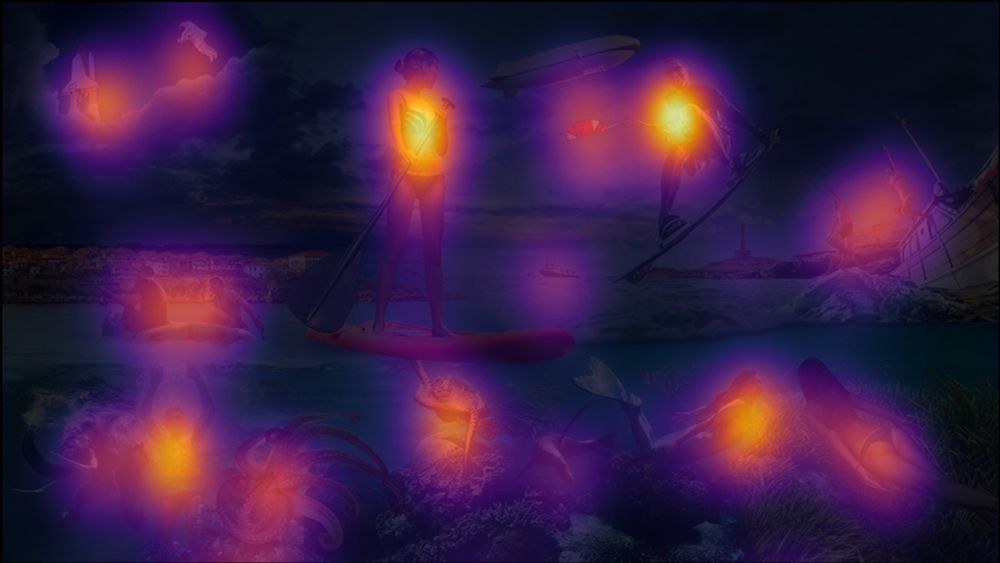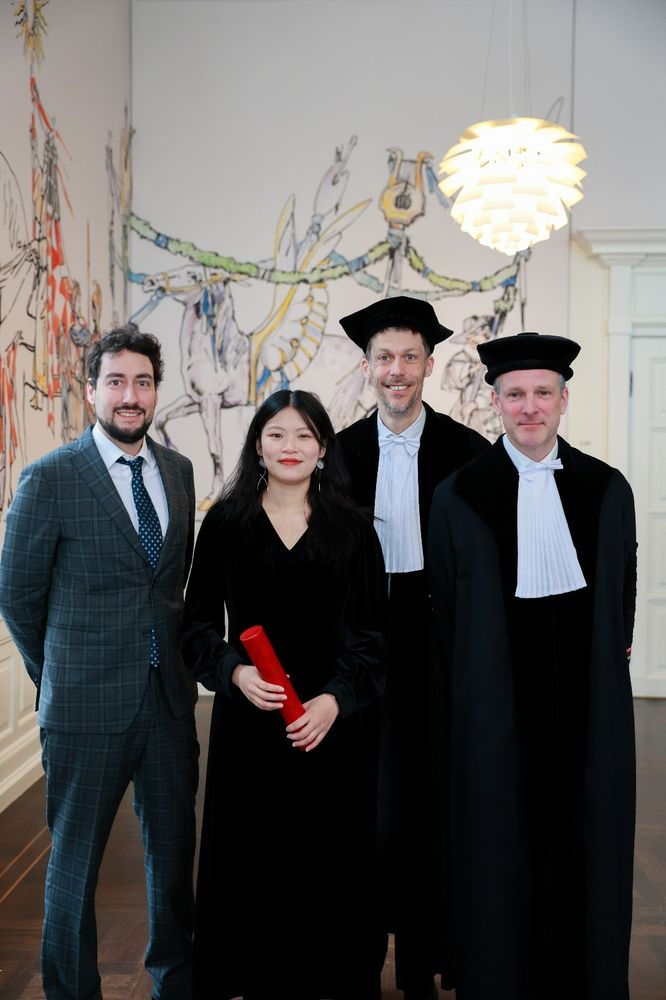AttentionLab Utrecht University
@attentionlab.bsky.social
160 followers
91 following
7 posts
AttentionLab is the research group headed by Prof. Stefan Van der Stigchel at Experimental Psychology | Helmholtz Institute
| Utrecht University
Posts
Media
Videos
Starter Packs
Pinned
Reposted by AttentionLab Utrecht University
Reposted by AttentionLab Utrecht University
Christoph Strauch
@cstrauch.bsky.social
· Aug 27
Reposted by AttentionLab Utrecht University
Dan Wang
@danwang7.bsky.social
· Aug 27

Dynamic competition between bottom-up saliency and top-down goals in early visual cortex
Task-irrelevant yet salient stimuli can elicit automatic, bottom-up attentional capture and compete with top-down, goal-directed processes for neural representation. However, the temporal dynamics und...
www.biorxiv.org
Reposted by AttentionLab Utrecht University
Reposted by AttentionLab Utrecht University
Reposted by AttentionLab Utrecht University
Reposted by AttentionLab Utrecht University
Dan Wang
@danwang7.bsky.social
· Aug 24
Reposted by AttentionLab Utrecht University
Reposted by AttentionLab Utrecht University
Reposted by AttentionLab Utrecht University
Reposted by AttentionLab Utrecht University
Damian Koevoet
@dkoevoet.bsky.social
· Jun 12
Reposted by AttentionLab Utrecht University
Reposted by AttentionLab Utrecht University
Reposted by AttentionLab Utrecht University
Reposted by AttentionLab Utrecht University
Reposted by AttentionLab Utrecht University
Christoph Strauch
@cstrauch.bsky.social
· Mar 21
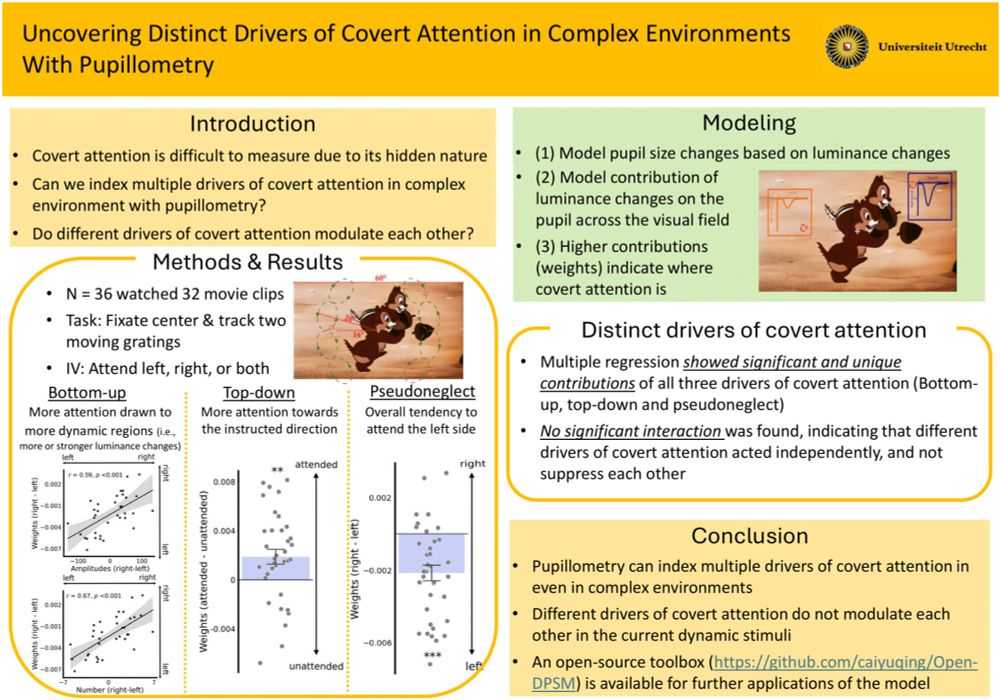
<em>Psychophysiology</em> | SPR Journal | Wiley Online Library
Previous studies have shown that the pupillary light response (PLR) can physiologically index covert attention, but only with highly simplistic stimuli. With a newly introduced technique that models ....
doi.org
Reposted by AttentionLab Utrecht University
Damian Koevoet
@dkoevoet.bsky.social
· Mar 19
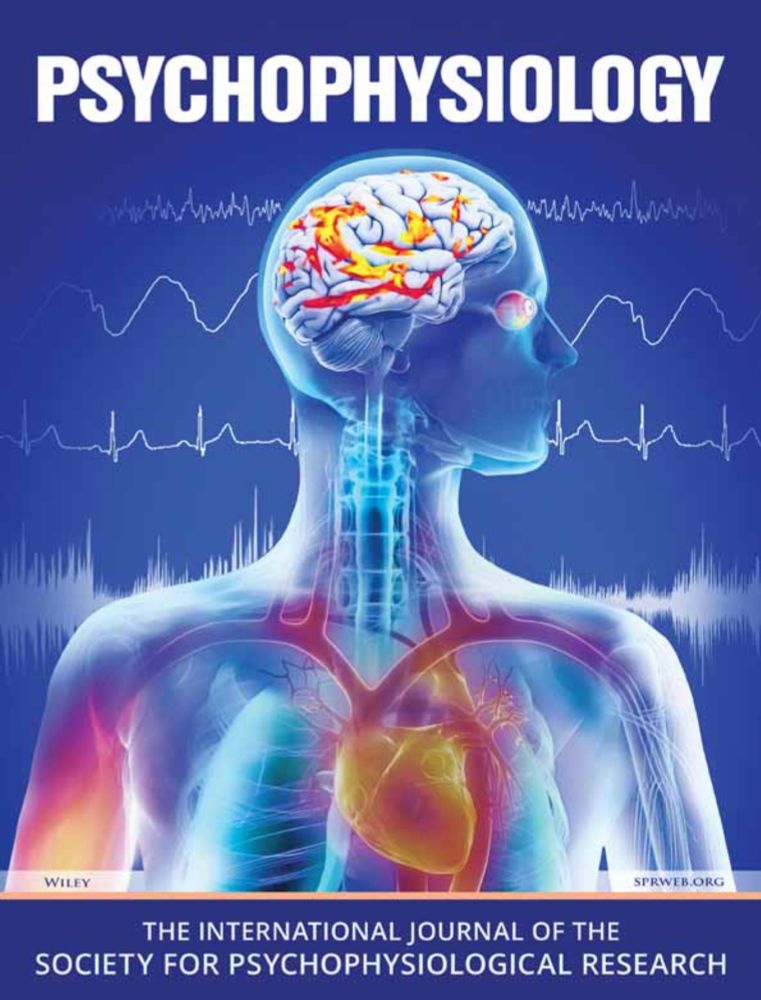
<em>Psychophysiology</em> | SPR Journal | Wiley Online Library
Dominant theories posit that attentional shifts prior to saccades enable a stable visual experience despite abrupt changes in visual input caused by saccades. However, recent work may challenge this ...
onlinelibrary.wiley.com
Reposted by AttentionLab Utrecht University
Reposted by AttentionLab Utrecht University
Dan Wang
@danwang7.bsky.social
· Dec 20
Reposted by AttentionLab Utrecht University
Dan Wang
@danwang7.bsky.social
· Dec 20

The priority state of items in visual working memory determines their influence on early visual processing
Items held in visual working memory (VWM) influence early visual processing by enhancing memory-matching visual input. Depending on current task deman…
www.sciencedirect.com
Damian Koevoet
@dkoevoet.bsky.social
· Dec 11

Sensory Input Matching Visual Working Memory Guides Internal Prioritization
Adaptive behavior necessitates the prioritization of the most relevant information in the environment (external) and in memory (internal). Internal prioritization is known to guide the selection of ex...
www.biorxiv.org
